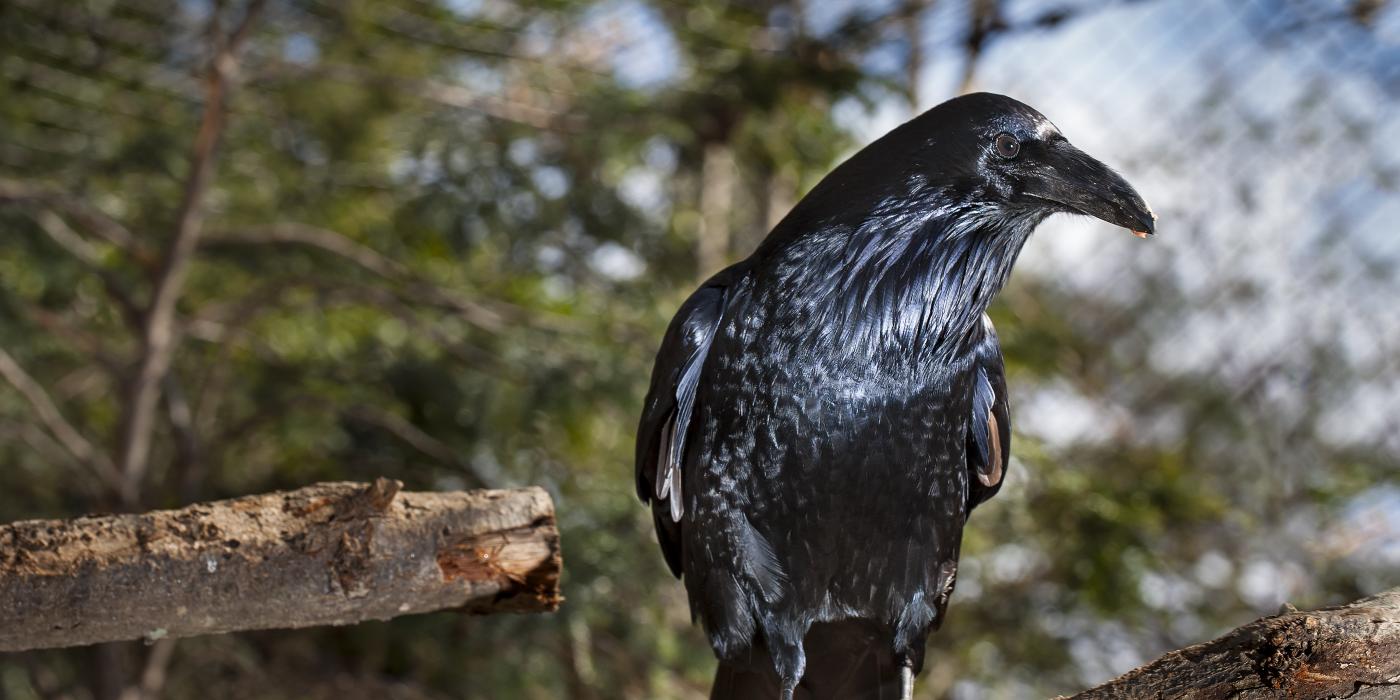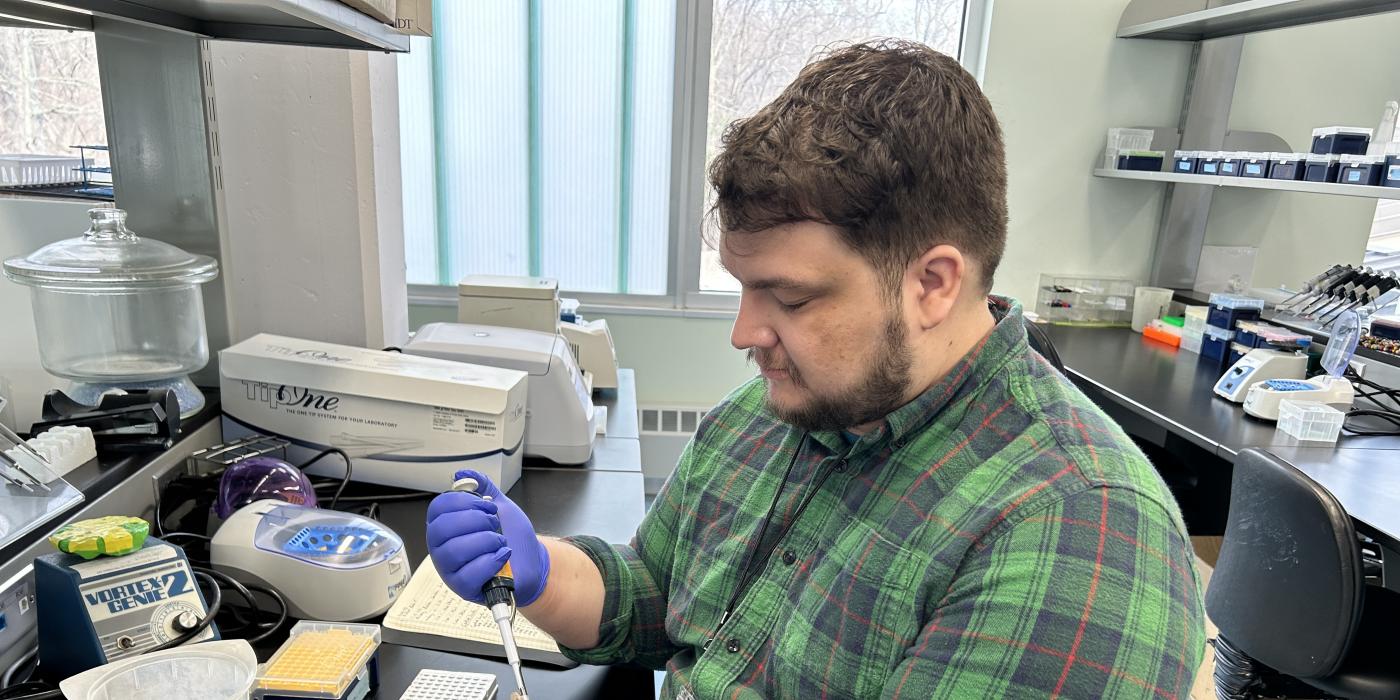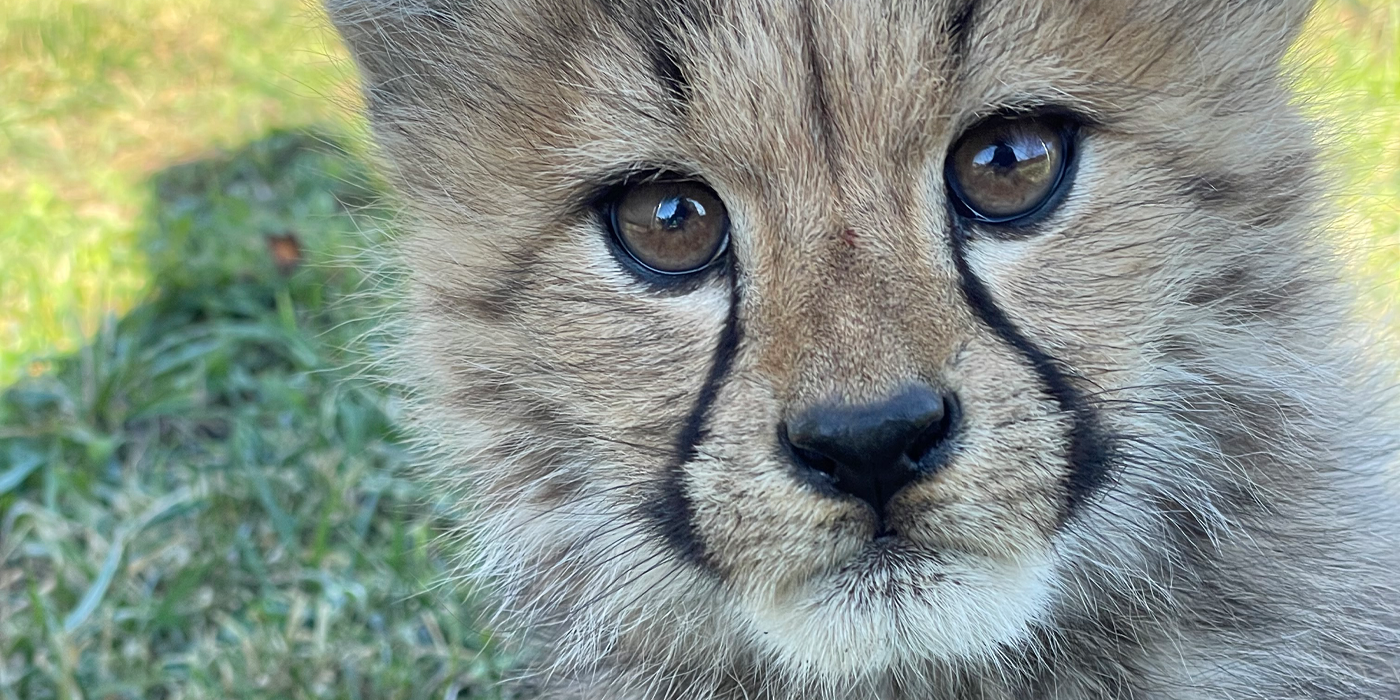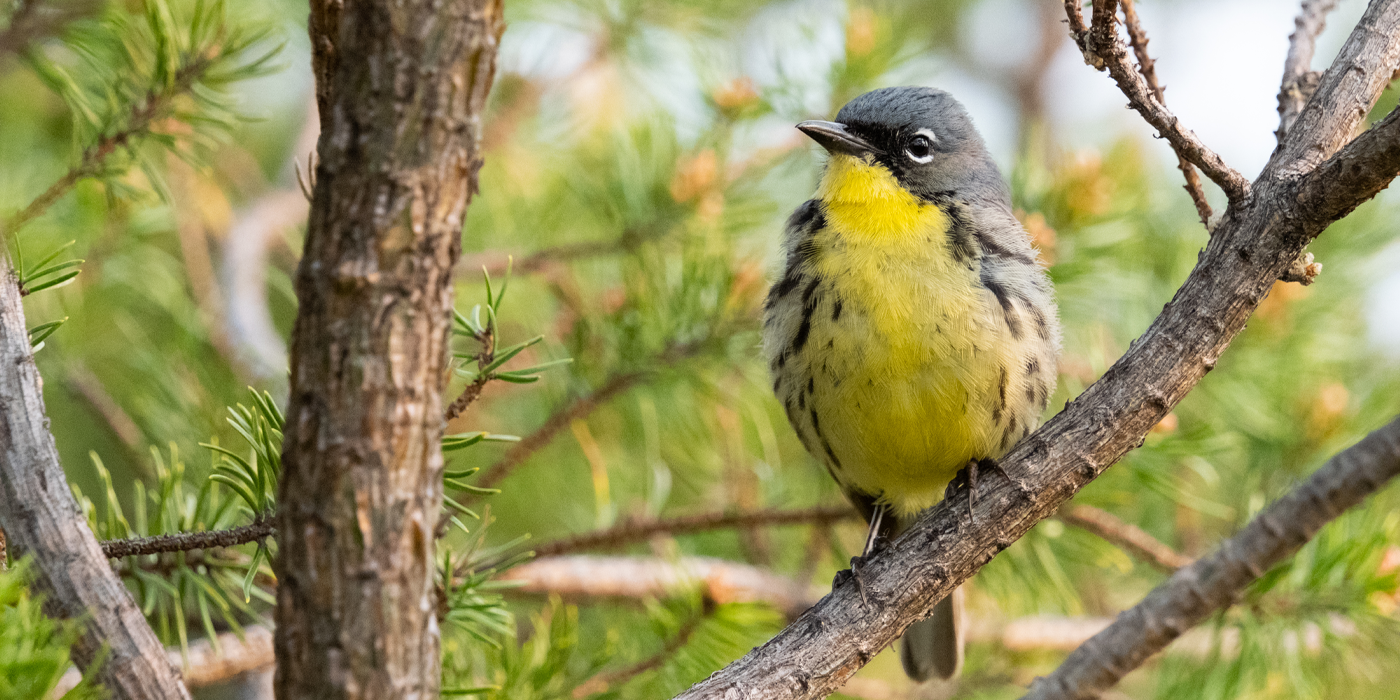Two Species of Ravens Nevermore?
Speciation, where one species splits into two, has long been a focus of evolutionary research. A new study almost 20 years in the making suggests that the opposite—speciation reversal, where two distinct lineages hybridize and eventually merge into one—may be just as important.
In the paper, published in Nature Communications, Smithsonian Conservation Biology Institute scientists and partners report some of the strongest evidence yet of this phenomenon in two lineages of common ravens.
Researchers examined genomic data from hundreds of ravens across North America, a challenging effort that proved to be worthwhile. “Next-generation genomic techniques are revealing more and more examples of species with hybrid genomes,” explains Anna Kearns, postdoctoral fellow with SCBI’s Center for Conservation Genomics and the study’s lead author.
In fact, throughout history this natural evolutionary process of speciation reversal has probably occurred in hundreds or thousands of lineages across the planet
When UMBC professor of biological sciences Kevin Omland, one of the paper’s authors, first started down this road in 1999, common ravens were considered a single species. A year later, he reported that in fact two common raven lineages existed—one called “California” concentrated in the southwestern U.S. and the other called “Holarctic” found everywhere else.
But that’s not where the story ends. After analyzing mitochondrial DNA from ravens throughout the western U.S., scientists found that these two lineages are widely intermixed. Further study of nuclear genome data led to the conclusion that the California and Holarctic raven lineages did diverge for one to two million years but later came together and have been hybridizing for at least tens of thousands of years.
This study represents one of the best-supported examples of speciation reversal, but common ravens are not alone. Throughout history, this natural evolutionary process has probably occurred in hundreds or thousands of lineages across the planet—including humans.
The present-day human genome contains significant chunks of genetic material from Neanderthals and Denisovans, another lesser-known hominid lineage. Recent genetic studies indicate there may even be a fourth group of early humans who contributed DNA.
The research team’s next task is to analyze data from ravens that lived in the early 1900s, to determine if humans may have played a role in the raven’s speciation reversal. “Getting genomic data out of such old, degraded specimens is challenging,” says Kearns. The work will be done at SCBI’s Center for Conservation Genomics Ancient DNA Lab. If the gene distribution of these ancient ravens is similar to that of ravens living today, changes in human civilization over the last century likely didn’t play a role.
Related Species:




